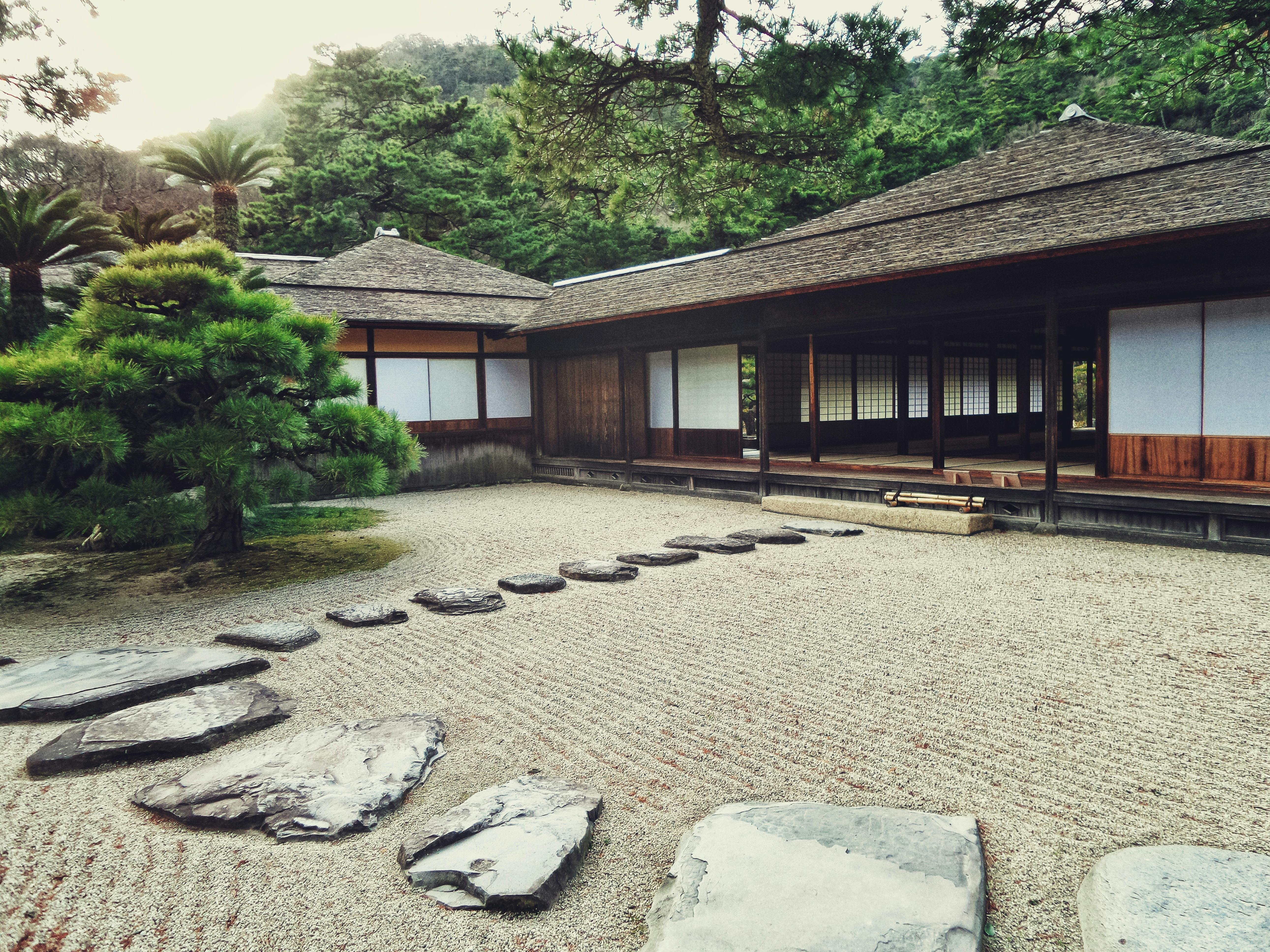With China covering the vast land within its borders, it is not surprising that there are many regional variations in Chinese cuisine. Traditionally, Chinese cuisine is divided into five styles of regional cuisines. It is headed by the 3 great schools of Peking to the north, Szechuan to the west, and Chekiang-Kiangsu to the east. Fukien and Canton, of lesser importance, cover the southern region.
Beijing: the cuisine of the north
North China presents a great contrast to the rest of the country. The North China Plain, bordered by mountains to the north, stretches west to the borders of Inner Mongolia, and is traversed by the infamous Yellow River. Due to its location, the climate is harsh for much of the year. Spring is dry and dusty, summer is hot and humid, and fall is calm, dry, and sunny, while winter is long and icy. It is dramatically subject to drought due to the lack of late spring rains and to flooding when the Yellow River, for centuries unstable in its bed, overflows into the low country. Therefore, the life and diet of the people who live in this region are dictated by these seasons.
Wheat is the staple food, unlike rice in the rest of China, due to the harsh climate that makes it unsuitable for growing rice. Wheat flour is used to make dumplings, breads, steamed buns, noodles, and large pancakes/cookies. Meat is much more of a luxury here, and is mostly eaten during festivals. Lamb and mutton are popular, most likely due to the influence of the neighboring Mongols. Most northern family meals are dominated by vegetable dishes for economic reasons. Chinese cabbage is the most popular vegetable as it is best suited for winter storage. The dishes in general are much simpler, solid and nutritious. Soy sauce is used very liberally. The use of leeks, onions, garlic, salted and pickled vegetables such as turnips, white radishes and cabbage are important elements in a rather monotonous diet.
Located in the northern corner of the region, Beijing has been the capital of China since the 15th century. It is the land of fried tofu and water chestnuts. Being the capital and the city of residence of the emperor, it is the only area in the region where the availability and variety of food is abundant. Imperial chefs were generously compensated and, along with the capital’s large and rich market, the infusion of gourmet chefs from across China caused a great concentration of culinary expertise in Beijing. This tradition is what characterizes Beijing cuisine today, lighter and more elegant than that of outlying regions. The region’s greatest delicacy is, of course, the elaborate and world-renowned Peking Duck dish. In Peking, ducks are raised especially for this dish and are force-fed with just the right degree of plumpness and tenderness in the preparation of this dish.
In part 2 of this 4-part series, we’ll cover Szechuan: The Western Cuisine.



